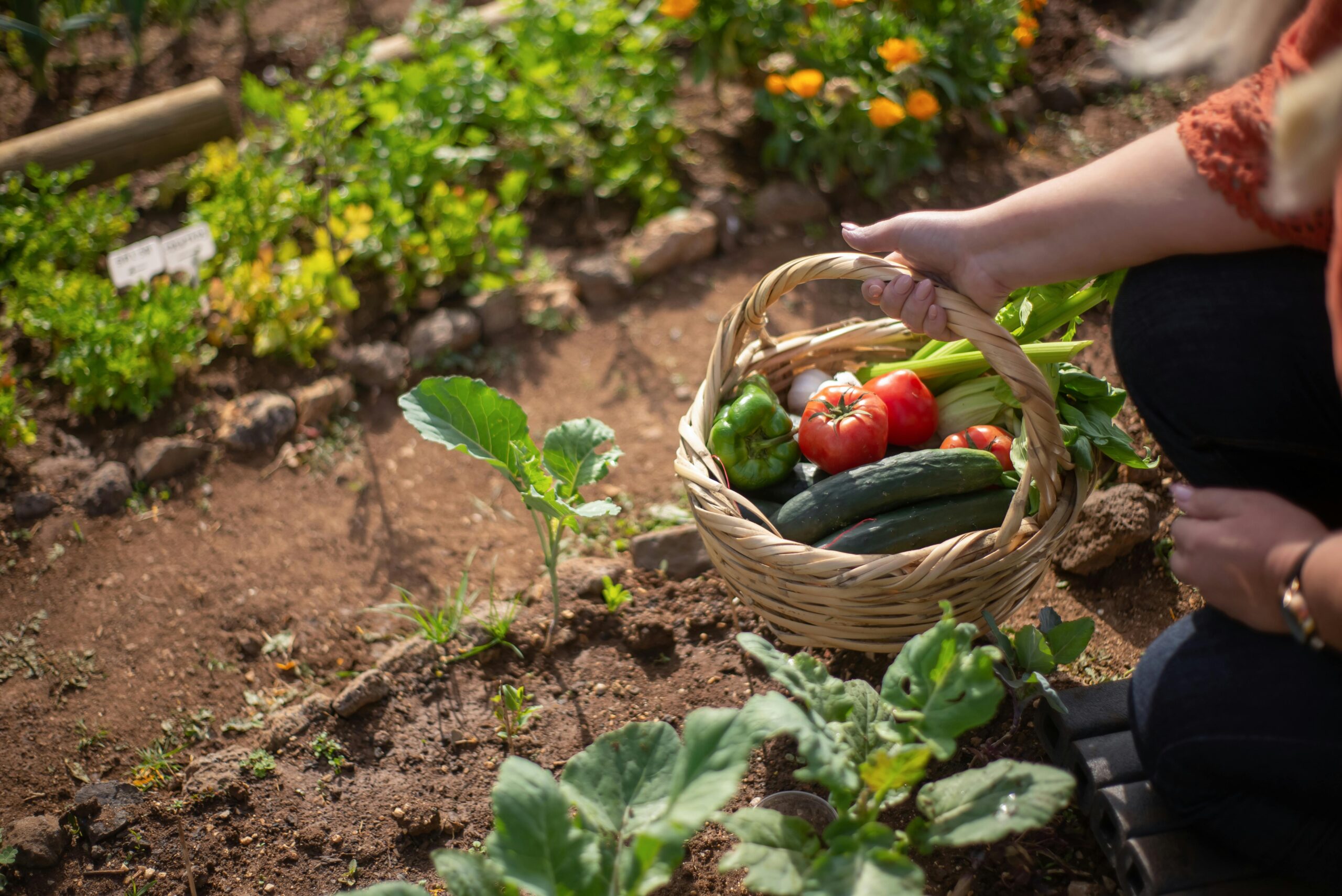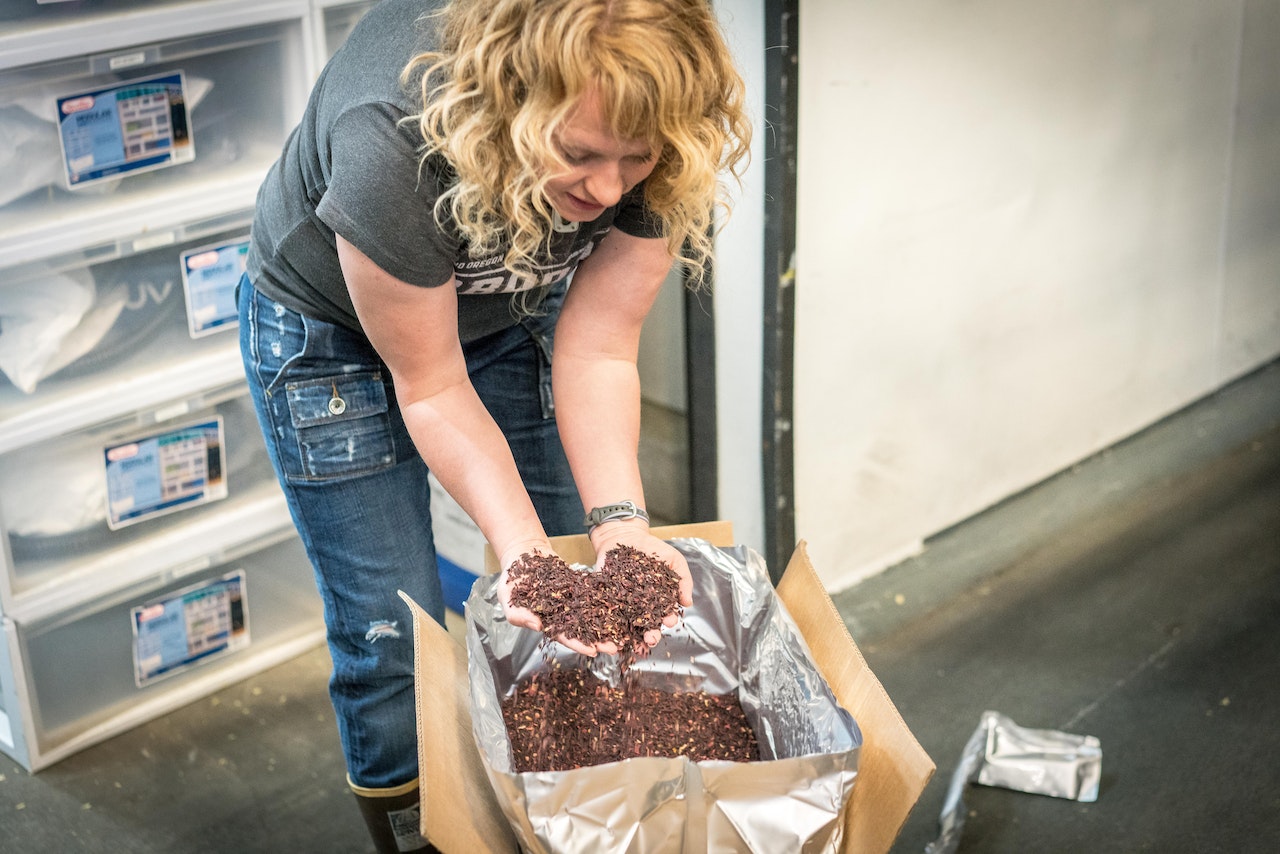Photo by Kampus Production
Springtime marks the perfect season to embark on a journey into gardening. With the thawing of winter’s frost and the emergence of new life, the air is filled with anticipation and possibility. Whether you’re looking to cultivate a colorful flower bed or grow your own fresh produce, starting a garden can be a rewarding and fulfilling experience. In this comprehensive guide, we’ll walk you through the essential steps to kickstart your gardening adventure this spring.
Step 1: Choose the Right Location
The success of your garden largely depends on its location. Select an area that receives ample sunlight, ideally 6 to 8 hours a day, and has good drainage. Avoid spots with strong winds or areas prone to flooding. If you’re limited on space, don’t fret! Container gardening or vertical gardening are excellent alternatives that can thrive on balconies, patios, or even windowsills.
Step 2: Prepare the Soil
Healthy soil is the foundation of a thriving garden. Before planting, take the time to enrich your soil with organic matter such as compost or aged manure. This will provide essential nutrients and improve soil structure, promoting better root growth and water retention. Consider conducting a soil test to assess pH levels and make any necessary adjustments to optimize plant health.
Step 3: Choose Your Plants Wisely
When selecting plants for your garden, consider factors such as climate, soil type, and available space. Opt for varieties that are well-suited to your region and gardening experience level. Beginners may find success with low-maintenance options like tomatoes, lettuce, or herbs. Remember to consider the mature size of plants to ensure they have ample room to grow without overcrowding.
Step 4: Start from Seeds or Seedlings
Decide whether you want to start your garden from seeds or seedlings. Starting from seeds offers a wider variety of plant options and can be a rewarding experience as you witness the entire growth process. However, it requires more time and attention to ensure proper germination and seedling care. Alternatively, purchasing seedlings provides a head start and can be less daunting for beginners.
Step 5: Plant with Care
When planting, follow spacing guidelines provided on seed packets or plant tags to prevent overcrowding. Dig holes slightly larger than the root ball and gently loosen roots before planting. Water newly planted seedlings thoroughly to help them establish roots and reduce transplant shock. Mulching around plants can help retain moisture, suppress weeds, and regulate soil temperature.
Step 6: Implement a Watering Routine
Consistent watering is crucial for plant health, especially during the early stages of growth. Monitor soil moisture levels regularly and water deeply when the top inch of soil feels dry to the touch. Avoid overhead watering, which can promote fungal diseases, and opt for watering at the base of plants instead. Consider investing in a drip irrigation system or soaker hoses for efficient water distribution.
Step 7: Practice Regular Maintenance
Maintaining a garden requires ongoing care and attention. Stay vigilant for signs of pests, diseases, or nutrient deficiencies, and take prompt action to address any issues that arise. Regularly remove weeds to prevent competition for resources and ensure optimal plant growth. Deadhead spent flowers to encourage continuous blooming and prune plants as needed to maintain shape and promote air circulation.
Step 8: Embrace Learning and Adaptation
Gardening is a journey of continuous learning and adaptation. Don’t be discouraged by setbacks or failures; instead, view them as opportunities for growth and improvement. Take note of what works well in your garden and what doesn’t, and adjust your approach accordingly. Joining a local gardening club or seeking advice from experienced gardeners can provide valuable insights and support along the way.
Step 9: Enjoy the Fruits of Your Labor
As your garden flourishes and blooms, take the time to savor the beauty and abundance it provides. Harvest fresh produce straight from the vine, delight in the vibrant colors of blooming flowers, and bask in the tranquility of your outdoor sanctuary. Share your garden’s bounty with friends and family, or consider donating surplus produce to local food banks or community organizations.
Step 10: Keep the Momentum Going
As the gardening season progresses, continue to nurture your garden with care and attention. Stay proactive in addressing any challenges that arise and remain open to experimenting with new techniques or plant varieties. With each passing season, your gardening skills will grow, and your connection to the natural world will deepen, creating a legacy of beauty and abundance for years to come.
In conclusion, starting a garden this spring is a fulfilling endeavor that offers numerous benefits for both the body and soul. By following these essential steps and embracing the joys and challenges of gardening, you’ll embark on a journey of growth, discovery, and connection with the natural world. So roll up your sleeves, dig in the dirt, and let the magic of gardening unfold before your eyes. Happy gardening! 🌱🌸



